By Christopher Miskimon
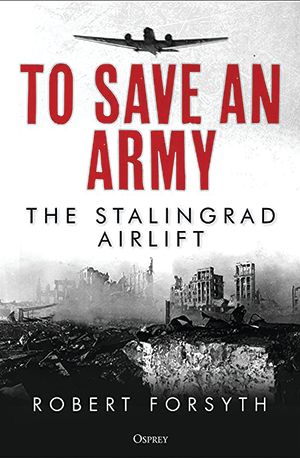 The Battle of Stalingrad consumed human beings and military supplies at a horrifying rate. Once Soviet forces managed to encircle the German Sixth Army, its fate was ensured unless it could be sustained. The Third Reich attempted an airlift to keep its surrounded troops fighting, gathering as many cargo aircraft as it could for the effort. The task was daunting; Sixth Army needed 300 tons of supplies a day just to survive. The winter weather conditions alone were a formidable obstacle, increasing fuel and maintenance requirements for aircraft and exhausting aircrews. In the end, even the minimal amounts of required supplies were more than the German air force could manage to provide. Despite the difficulties, including the weather, worsening aircraft serviceability and losses to an active Soviet Air Force, the German kept flying, dropping supplies even when the last airfield in the Stalingrad pocket had been overrun.
The Battle of Stalingrad consumed human beings and military supplies at a horrifying rate. Once Soviet forces managed to encircle the German Sixth Army, its fate was ensured unless it could be sustained. The Third Reich attempted an airlift to keep its surrounded troops fighting, gathering as many cargo aircraft as it could for the effort. The task was daunting; Sixth Army needed 300 tons of supplies a day just to survive. The winter weather conditions alone were a formidable obstacle, increasing fuel and maintenance requirements for aircraft and exhausting aircrews. In the end, even the minimal amounts of required supplies were more than the German air force could manage to provide. Despite the difficulties, including the weather, worsening aircraft serviceability and losses to an active Soviet Air Force, the German kept flying, dropping supplies even when the last airfield in the Stalingrad pocket had been overrun.
The author has written over thirty books about the German Luftwaffe; this new volume is a welcome addition to that body of work. His compilation and analysis of the strategic, operational, technical, and human factors involved in the Stalingrad airlift are detailed, thoughtful and astute. The book is well-illustrated, and the appendices provide hard numbers to reinforce the points made in the text.
To Save an Army: The Stalingrad Airlift (Robert Forsyth, Osprey Publishing, Oxford UK, 2022, 352 pp., maps, photographs, appendices, notes, bibliography, index, $35, hardcover)
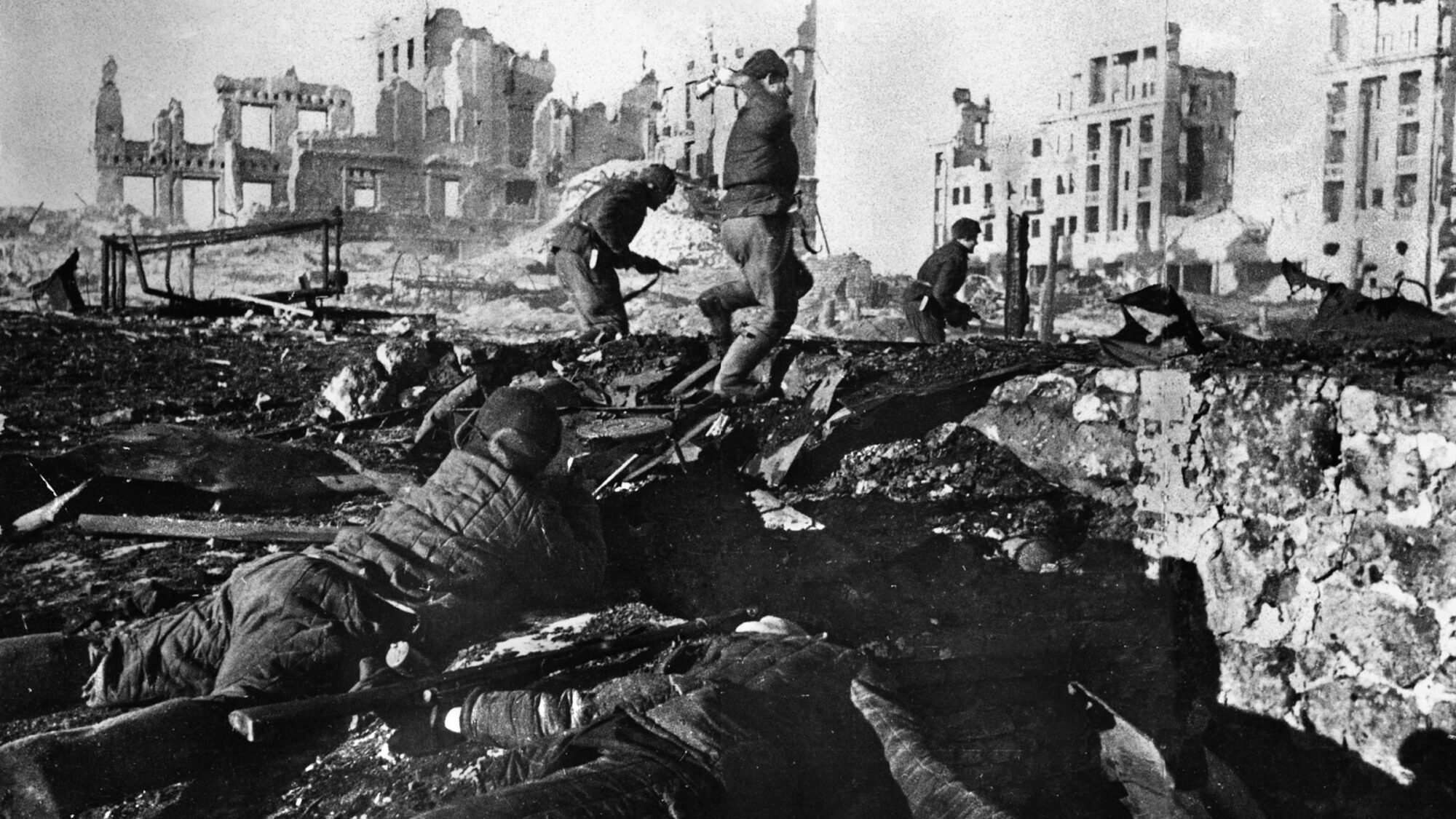
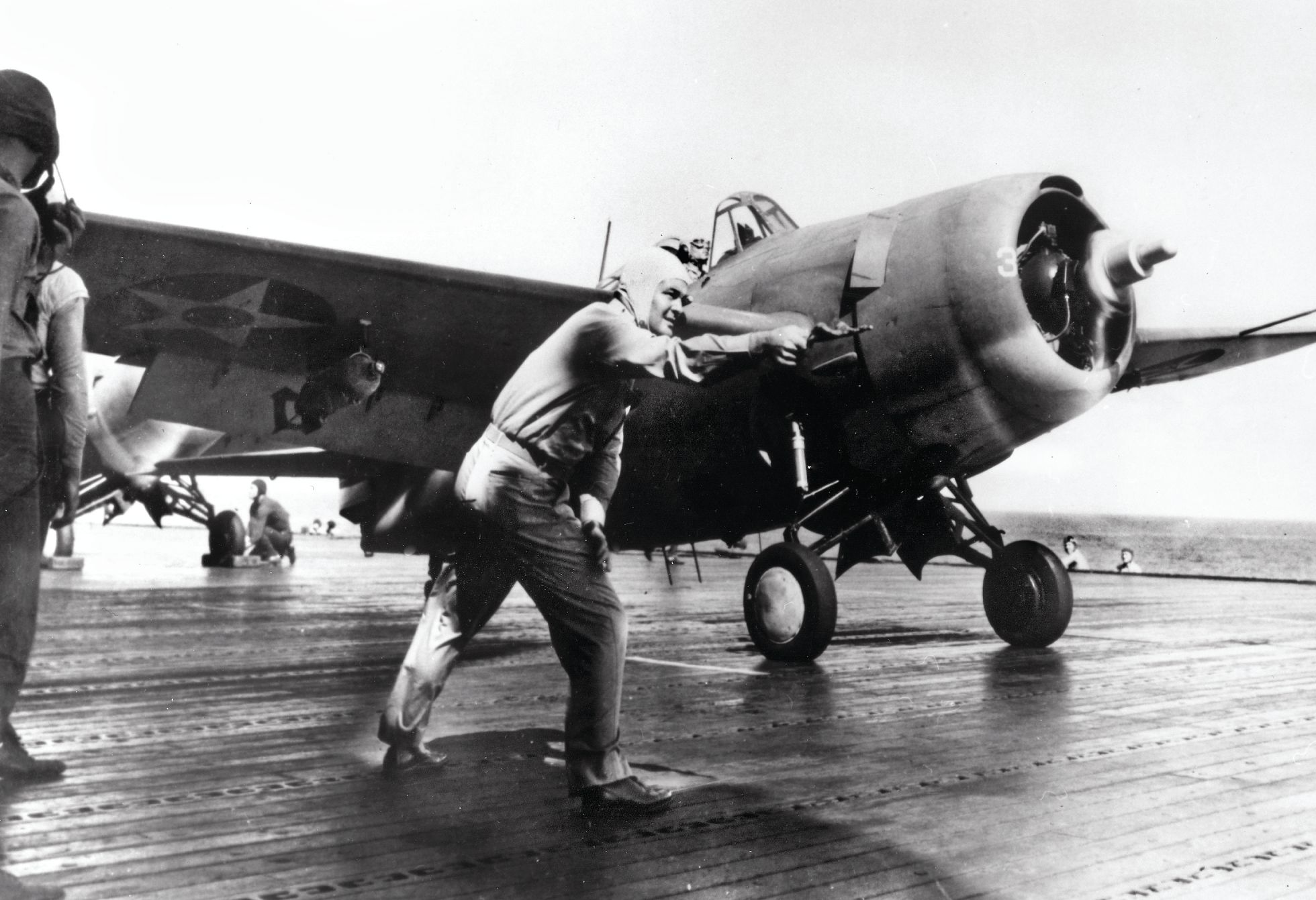

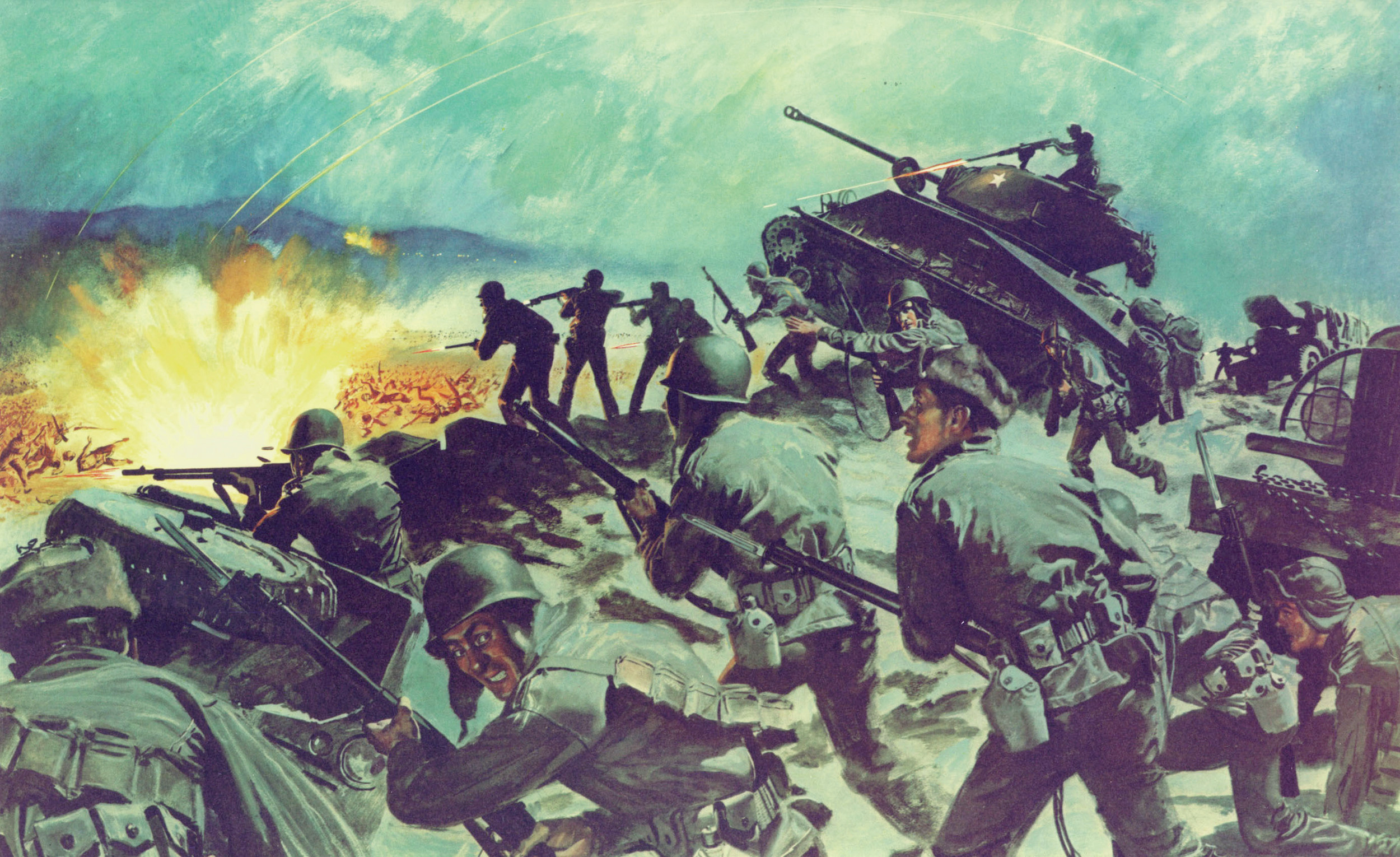

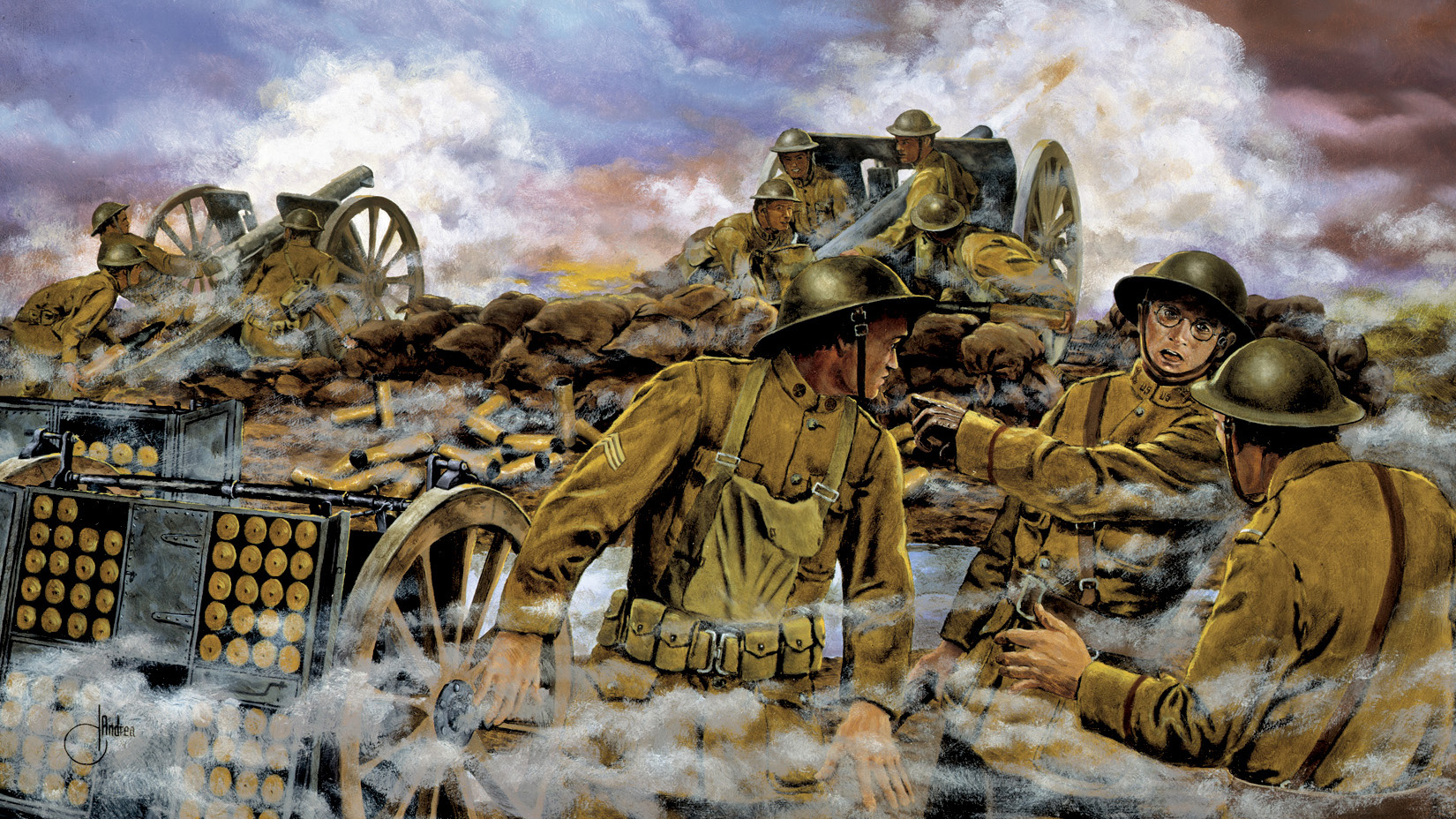


Join The Conversation
Comments
View All Comments